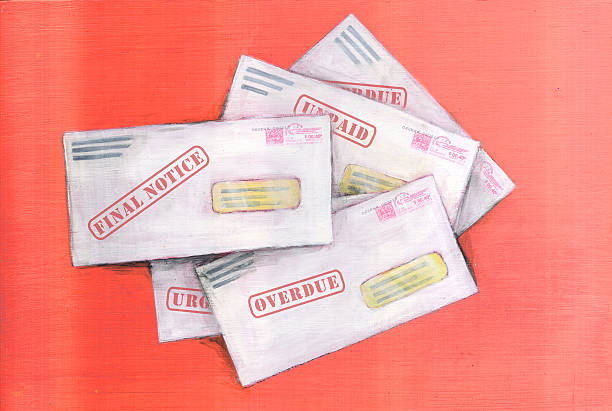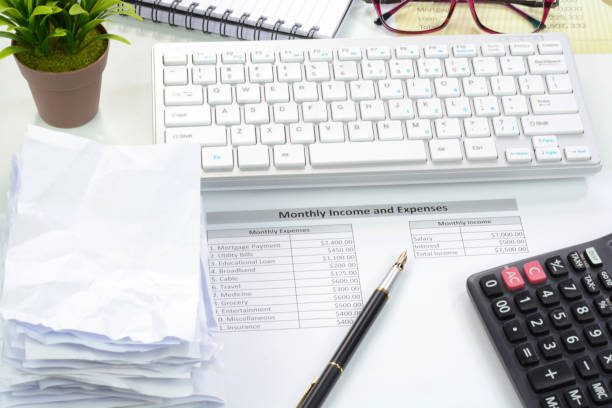
- Start by taking inventory of all your outstanding debts. - Look for ways to maximize your disposable income so you can put more money towards your ...
Read More
Navigating the labyrinth of healthcare debt requires a unique blend of financial strategy and systemic understanding, distinct from managing other for...
Read More
The phenomenon of overextended debt is often mischaracterized as a simple failure of mathematical calculation or fiscal discipline. However, behaviora...
Read More
The daunting reality of overextended personal debt, where multiple high-interest balances loom like insurmountable peaks, demands a strategic and disc...
Read More
The descent into overextended personal debt often feels like a private struggle, a silent burden of mounting bills and relentless anxiety. However, wh...
Read More
The precarious state of overextended personal debt often feels like a trap with no exit, a relentless cycle of high-interest payments that never seem ...
Read MoreIt transforms an overwhelming financial situation into a structured plan, reducing anxiety by providing clarity, control, and a visible path forward. Knowing exactly where your money is going eliminates the fear of the unknown.
No. Checking your own credit score is a "soft inquiry," which does not affect your score at all. Only hard inquiries from applications for new credit have an impact.
Credit utilization measures how much of your available revolving credit you are using. A ratio above 30% signals risk to lenders and can significantly lower your credit score, making it harder and more expensive to access new credit or refinance.
Both allow for a temporary pause or reduction in payments. The key difference often lies in whether interest continues to accrue during the period and how it is handled afterward, terms which vary by loan type and lender.
The greatest risk is using the new available credit to accumulate more debt. If you transfer balances to a new card but then run up the balance on the old card again, you will be in a far worse position than when you started, with even more debt to manage.